The Crucial Role of Subsea Equipment in the Oil and Gas Industry
As conventional onshore reserves decline and new oil and gas fields are discovered in remote, deepwater locations, subsea technologies have evolved to play a crucial role in the extraction, processing, and transportation of hydrocarbons. The oil and gas industry increasingly relies on subsea equipment to access reserves located beneath the seabed. This article explores the types, functions, challenges, and technological advancements of subsea equipment in the oil and gas industry.
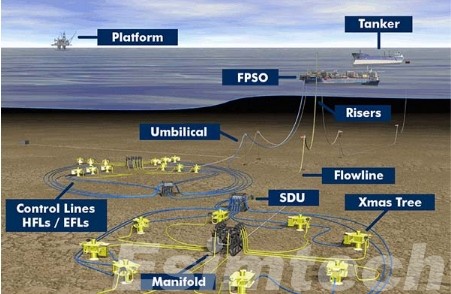
Key Types of Subsea Equipment
1. Subsea Production Systems
Subsea Trees (Christmas Trees)
- Control the flow of hydrocarbons from the well to surface facilities.
- Equipped with valves, sensors, and actuators for managing pressure, temperature, and flow rates.
Subsea Manifolds
- Distribute and combine flow from multiple wells into pipelines.
- Include valves, flowlines, and instrumentation for safe and efficient operation.
Subsea Pumps and Compressors
- Boost production by managing flow rates and pressures directly on the seabed.
- Support longer tiebacks and improve recovery rates from reservoirs.
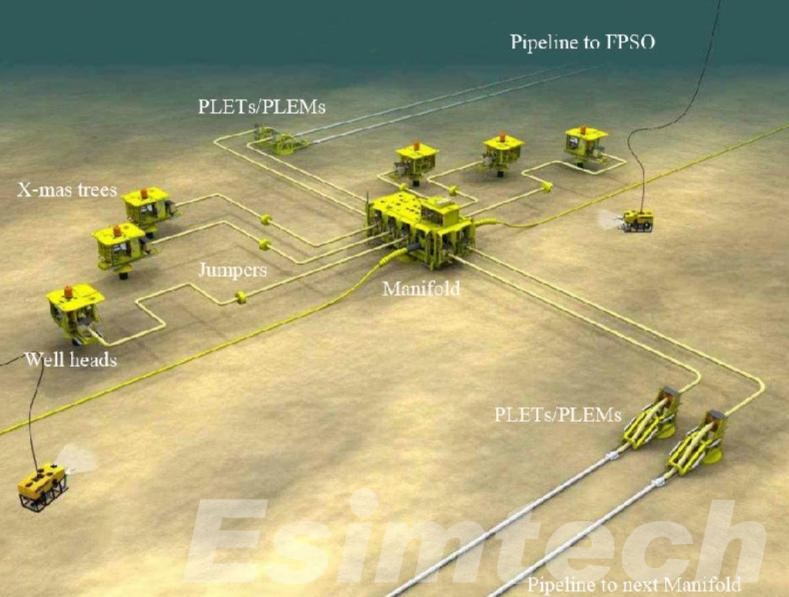
2. Pipeline and Riser Systems
Subsea Pipelines
- Transport oil, gas, and other fluids between subsea systems and surface facilities.
- Constructed with materials resistant to corrosion, high pressure, and temperature.
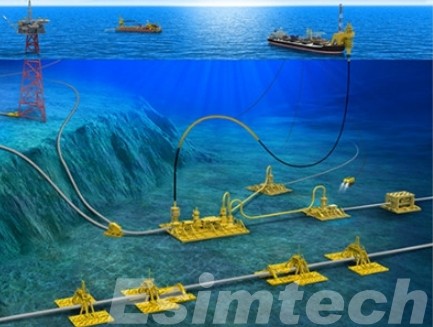
Risers
Vertical conduits connecting subsea pipelines to surface platforms or vessels.
Types include:
- Steel Catenary Risers (SCRs): Flexible steel pipelines for deepwater applications.
- Flexible Risers: Suitable for dynamic operations in floating facilities.
- Top Tensioned Risers (TTRs): Provide stability in floating production units.
3. Subsea Control and Monitoring Systems
Subsea Control Modules (SCMs)
- Act as the command center for subsea equipment.
- Operate valves, sensors, and pumps via hydraulic or electronic systems.
Sensors and Instrumentation
- Measure critical parameters like pressure, temperature, and flow rate.
- Enable real-time monitoring and feedback to surface facilities.
Umbilicals
- Contain hydraulic lines, electrical cables, and fiber optics to transmit power and communication.
- Essential for supporting control and monitoring functions.
4. Installation and Maintenance Tools
Remotely Operated Vehicles (ROVs)
- Robotic systems equipped with cameras, sensors, and manipulators.
- Used for inspection, repair, and installation tasks in underwater environments.
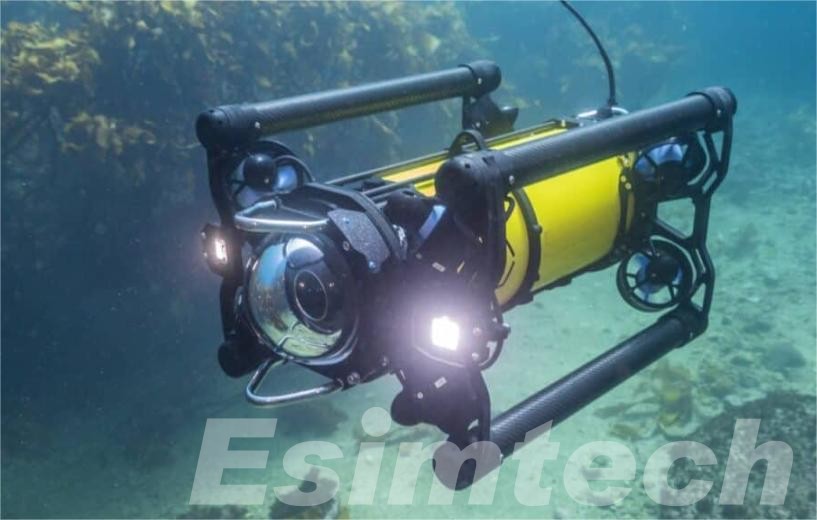
Autonomous Underwater Vehicles (AUVs)
- Conduct pre-programmed surveys and inspections independently.
- Provide data on seabed conditions, equipment status, and environmental impact.
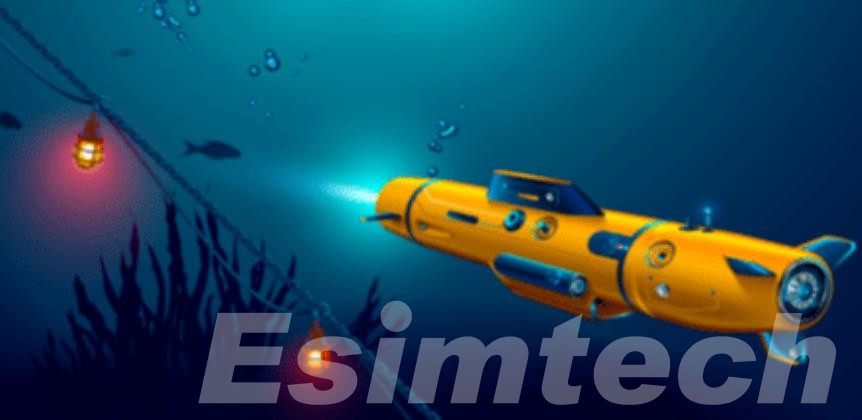
Subsea Skids and Frames
- Support equipment installation and provide structural stability on the seabed.
5. Environmental and Safety Equipment
Leak Detection Systems
- Monitor pipelines and equipment for potential leaks.
- Use advanced sensors and imaging systems for rapid response.
Subsea Isolation Valves (SSIVs)
- Ensure safe shutoff of fluid flow in emergency scenarios.
- Minimize risks during maintenance or unexpected events.
6. Specialized Subsea Equipment
Subsea Separators
- Separate oil, gas, and water directly on the seabed.
- Reduce the need for processing at surface facilities.
Subsea Boosting Systems
- Enhance the production of hydrocarbons in deepwater and ultra-deepwater fields.
- Include multiphase pumps and gas compression systems.
Subsea Storage Systems
- Provide temporary storage for hydrocarbons before transport.
- Useful in remote locations without immediate pipeline infrastructure.
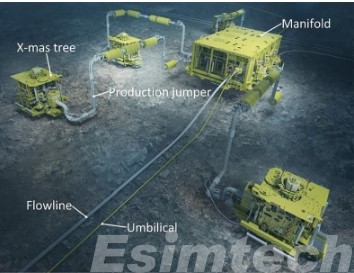
Challenges in Subsea Equipment Operations
- Harsh Environmental Conditions: Subsea environments are extremely demanding, with high pressure, low temperatures, and corrosive seawater. These conditions can significantly affect the integrity and reliability of subsea equipment, leading to potential failure or degradation. The deep-water pressures can exert immense forces on equipment, while the salty seawater accelerates corrosion, especially on materials not designed for such environments.
- High Installation and Maintenance Costs: Subsea operations often require complex, high-tech equipment that must be installed at great depths, sometimes several kilometers below the surface. These installations of subsea equipment are costly, as they require specialized vessels, skilled labor, and advanced technology. Maintenance costs are similarly high, as the equipment is located in remote and difficult-to-access areas, making repairs and routine maintenance more expensive and time-consuming.
- Remote Operations and Monitoring: Subsea equipment is often located in remote areas, far from the nearest land-based operations. Monitoring and controlling the equipment remotely can be challenging due to limited communication between the surface and subsea operations. Even with advanced communication systems, real-time data collection and immediate intervention can be difficult, especially if the equipment fails in deepwater or in harsh conditions.
- Regulatory and Environmental Compliance: The oil and gas industry faces increasingly stringent regulations concerning safety, environmental protection, and sustainability. Subsea equipment must comply with these regulatory standards to prevent environmental damage such as oil spills and leaks. Adhering to these standards while ensuring efficient and reliable operations requires careful planning, design, and continuous monitoring.
- Reliability and Longevity: Given the extreme conditions subsea equipment operates in, ensuring long-term reliability is a major challenge. Equipment must function flawlessly for extended periods, sometimes years, without the need for repairs or replacements. The difficulty of accessing subsea installations for maintenance further exacerbates the need for reliable and durable equipment that can withstand the pressures and harsh conditions.
- Limited Access for Maintenance: Subsea equipment is often located at depths where human intervention is nearly impossible without specialized equipment like Remotely Operated Vehicles (ROVs) or Autonomous Underwater Vehicles (AUVs). These vehicles are not only expensive to deploy but are also limited in their capabilities, making repairs and inspections complex and challenging. In many cases, the lack of direct access means that equipment must be designed to function for long periods without intervention.
- Technical Complexity: The integration of multiple systems and technologies in subsea equipment makes it highly complex. Subsea production systems, including trees, manifolds, risers, and control systems, must all work seamlessly together to ensure smooth operations. The interaction between different subsystems must be carefully managed to prevent malfunction or failure. Designing, testing, and maintaining such complex systems is an ongoing challenge.
- Power Supply: Subsea equipment requires a reliable and continuous power supply, which can be challenging to maintain in deepwater environments. Traditional power sources, such as those from surface platforms, may not be feasible or efficient at great depths. As a result, subsea systems often rely on cables, hydraulic power, or even renewable energy sources, such as ocean current turbines. Ensuring an uninterrupted power supply is critical to the success of subsea operations.
- Communication Limitations: Subsea environments present unique communication challenges. Traditional wireless communication methods do not work well underwater due to the attenuation of radio waves in the water. As a result, subsea operations rely on acoustic waves, which can be prone to interference and limitations in range and data transmission speed. This can make real-time communication with the subsea equipment challenging, especially during emergencies.
- Supply Chain and Logistics: Subsea equipment is typically produced in various locations and transported to offshore fields. The complexity of handling, transporting, and storing subsea systems is an ongoing logistical challenge. Any delay or mishap in the transportation of critical equipment can significantly affect production timelines and operational efficiency.
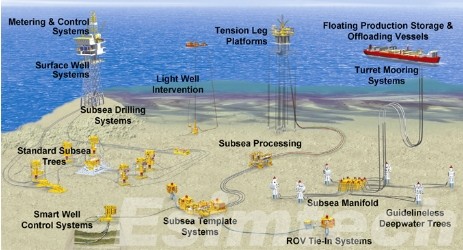
Technological Innovations in Subsea Equipment
Technological advancements are transforming subsea equipment, enabling more efficient, reliable, and sustainable operations in challenging underwater environments.
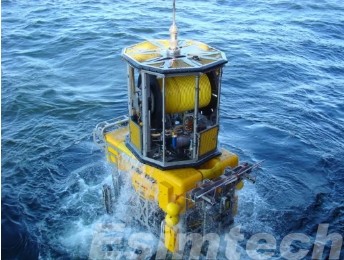
This chart provides an overview of technological innovations in subsea equipment, detailing the key developments and examples of their application in the oil and gas industry.
| Innovation | Description | Examples |
| Advanced Materials for Durability | Use of corrosion-resistant and high-strength materials for long-lasting equipment performance. | Titanium alloys, carbon composites, self-healing coatings. |
| IoT and Real-Time Monitoring | Integration of IoT sensors and digital twins for real-time monitoring of equipment health and performance. | IoT-enabled subsea trees, digital twins for real-time equipment simulations and health monitoring. |
| Autonomous Inspection and Maintenance | Use of autonomous vehicles (ROVs and AUVs) for subsea inspections, maintenance, and repairs. | AUVs with sonar for surveys, ROVs for performing underwater repairs without human intervention. |
| Subsea Processing Technology | Subsea systems that process oil and gas directly at the seabed to reduce the need for surface platforms. | Subsea separation, compression, and storage systems. |
| Renewable Energy Integration | Use of renewable energy sources such as underwater turbines and wave energy converters for subsea power. | Subsea turbines powered by ocean currents, hybrid subsea energy systems. |
| Enhanced Seismic Imaging and Surveying | Advanced seismic imaging systems for mapping the seabed and monitoring reservoirs. | 4D seismic imaging, multi-beam sonar for detailed subsea mapping. |
| Subsea Control and Automation Systems | Automation of subsea equipment for more efficient and reliable operation, reducing human intervention. | Intelligent subsea valves, autonomous control systems, real-time adjustments based on environmental conditions. |
| Advanced Drilling Technologies | Innovative drilling systems to enhance efficiency and safety in deepwater operations. | Managed Pressure Drilling (MPD), autonomous drilling systems for real-time data management. |
| Subsea Injection Systems | Subsea injection systems for enhanced oil recovery and environmental management. | Subsea water injection, CO2 injection for environmental management and improved recovery rates. |
| Digitalization and Big Data Analytics | Use of big data and machine learning to optimize operations, predict failures, and enhance equipment performance. | Advanced analytics platforms, machine learning for predictive maintenance. |
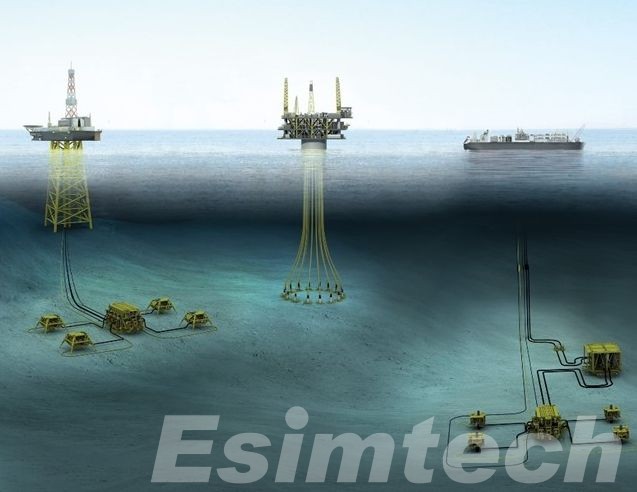
Conclusion
Subsea equipment is critical in enabling the oil and gas industry to tap into previously inaccessible offshore resources. The continued development of innovative subsea technologies is essential to overcoming the challenges of deepwater exploration and production, as well as meeting the industry’s sustainability and safety goals. As technological advances, subsea equipment will continue to play an integral part in the future of offshore oil and gas exploration and production.
